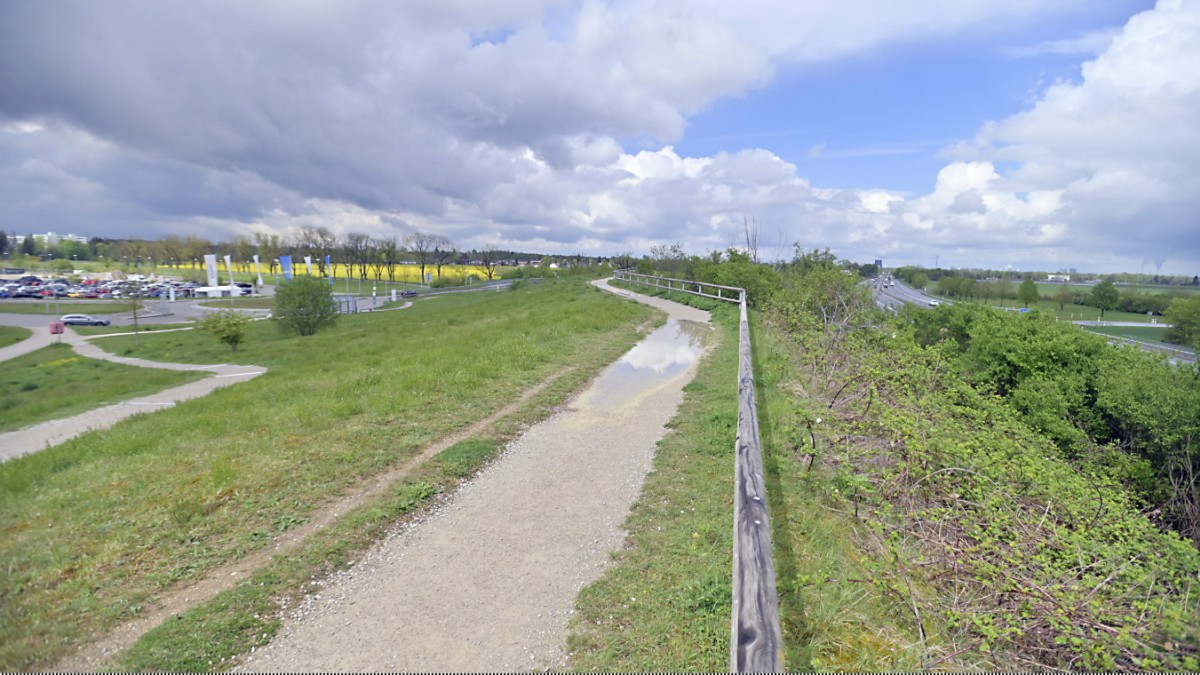Robotic Process Automation or RPA is on everyone’s lips. But does this technology actually achieve what it promises? Two practical reports from Banking Daily show that the question can be answered with a clear “yes”.
More and more banks are using robotic process automation.
RPA (Robotic Process Automation) technology allows computer programs to simulate and integrate actions typically performed by humans interacting with digital systems. Software bots can collect data, run applications, give feedback, make decisions based on predefined rules, and communicate with other systems.
RPA technology is primarily used for repetitive rule-based processes with a high level of manual effort, a low exception rate, and electronically readable standard entries.
RPA by definition – three theses
The following three theses/assumptions can be heard over and over in relation to RPA:
Suggestion #1: “Robot process automation is something about robotics.”
Yes, this is correct. Not as hardware, but as software that is installed on one or more computers.
Suggestion #2: “RPA technology is advanced macros with workflows.”
RPA is definitely more than that: procedures and macros from different programs and systems work together.
Thesis #3: “Production technology RPA only”.
No not only. RPA technology can be used anywhere people transfer or process data. Administrative processes, for example, are ideal for using RPA.
Robotic Process Automation in Designer Bank
We introduced RPA technology about three years ago. The bank’s subsidiary, AVURA GmbH, provided great support to the bank’s colleagues: consultants supported the bank’s new RPA developers in programming the first smaller bots and stood ready as coaches when bank colleagues dared to tackle increasingly complex operations.
Programming is now a routine for the RPA team at Design Bank. The fact that the bank chose to enable was spot on and it paid off. Especially for smaller banks or banks that are still not sure if they want to rely on empowerment across the board, the “buy-in approach” is often the first choice, with bots programmed specifically for the bank. Of course, this alternative can also be implemented by a subsidiary of the bank.
Two Practical Examples of Using RPA
Here are two examples of how RPA can be used in practice:
- Practical example 1: Implementation of the current BGH ruling
- Practical Example 2: Seamless System Integration for Front Ends in the Core Banking System
Implementation of the current BGH ruling
The BGH ruling issued on April 27, 2021 caused major upheaval in the banking world: Banks must now actively seek customer consent before changing contracts. Fees charged without the customer’s consent may be refundable.
Dealing with the additional work involved and at the same time continuing to process continuous banking transactions with the usual quality and speed has certainly posed a challenge to many banks.
Typical questions in this context are:
- How is this supposed to work without extra staff or extra hours?
- What topics are we prioritizing now?
The RPA team at Volksbank eG – Die Gestalterbank faced this challenge: in a very short time, they developed a bot that handles all the activities that had to be done manually. This includes, among other things, sending correspondence, completing activities as well as data comparisons and reports. The work done by the bot corresponds to a virtual team with a double number of full-time employees working steadily on the topic in parallel.
Seamless front-end system integration into the core banking system
Another current example is PIA, the personal real estate assistant of a designer bank. It offers various services related to real estate – from quick real estate appraisals to financing accounts.
PIA is a web application where (potential) customers can get the required service with just a few clicks. Customer data flows into a database out of consent 21. Originally all data fields were moved to the primary banking system and further processed in a separate back office unit manually by an employee.
With the bot started, the employee was able to return to the value adding activities again. Here too, the programming efforts were consumed within a very short period of time.
Conclusion from the practice of banks
The use of RPA technology has been a huge plus for our bank. On the other hand, RPA technology can be used to take advantage of the efficiency potential inherent in a company. The resources released in this way can be used in value-added activities – where they are most needed.
On the other hand, RPA makes it easy to beat the interfaces. This allows data to flow and interact with each other unimpeded and without friction.
In addition, RPA technology can be used to provide services to customers that were previously unimaginable due to the lack of free capacity. In this way, the company’s competitiveness can be enhanced without the need to invest in additional resources.
In our experience, the break-even point is often reached within the first year of RPA certification. Once the relevant employees start dealing with the topic, there are usually many other useful applications of RPA within the company. Speaking of “employees involved”: In our opinion, employee engagement is one of the most important keys to cultural success.

“Certified tv guru. Reader. Professional writer. Avid introvert. Extreme pop culture buff.”







More Stories
Neuberg: Park of the future with high technology and entertainment value – Munich area
“At Garching we are building something unique in the world.”
Bluetooth Auracast: This is what the new technology brings